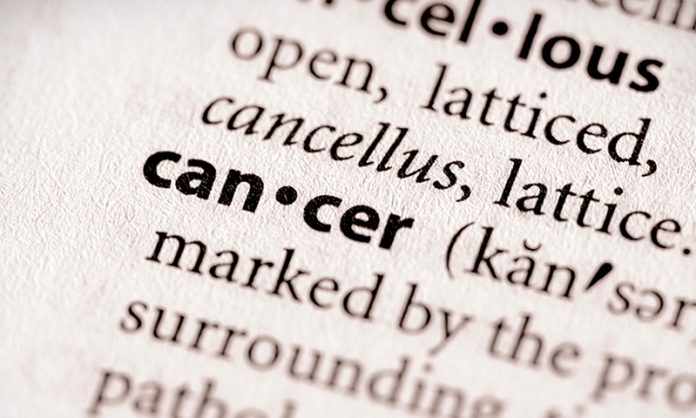Excess weight is a major risk factor for the development of kidney cancer , a study said.
According to researchers, the longer a patient survives after diagnosis is linked not to total fat but to the distribution of body fat, at least for women.
Half of female kidney cancer patients with substantial abdominal fat at the time of diagnosis died within 3 1/2 years, while more than half of women with little belly fat were still alive 10 years later, the researchers found,reported health news.
For men, the amount of abdominal fat appeared to make no difference in how long they survived.
The findings suggested that kidney cancer may develop and progress differently in women than men.
Most methods of estimating body fat rely on just a person’s height and weight. But not all fat is the same. The kind you can squeeze – called subcutaneous fat – seems to be mostly harmless. But visceral fat, which lies within the abdomen and encases internal organs, has been associated with diabetes, heart disease and many kinds of cancer.
The researchers analysed images from 145 men and 77 women with kidney cancer. The scans were drawn from The Cancer Imaging Archive, a collection of demographic, clinical and imaging data on hundreds of cancer patients.
The researchers found that half of the women with high visceral fat died within 3 and a half years of diagnosis, while more than half of the women with low visceral fat were still alive after 12 years.
“We know there are differences in healthy male versus healthy female metabolism,” Ippolito said. “Not only in regard to how the fat is carried, but how their cells use glucose, fatty acids and other nutrients. So the fact that visceral fat matters for women but not men suggests that something else is going on besides just excess weight.”
That “something else” could lie in the tumor cells themselves. Tumor cells prefer sugar as a fuel source, but some have more of a sweet tooth than others. A sugar-hungry tumor typically spells trouble for patients.
Both men and women were less likely to survive if their tumor cells had switched on the genes associated with consuming sugar, or glycolysis. Men whose tumor cells exhibited low glycolysis survived an average of 9 and half years, whereas those with high-glycolysis tumors survived for only six years on average.
The researchers found 77 women with matched imaging and gene expression data, so they combined their analyses of visceral fat and glycolysis.
About a quarter of the women had a high amount of visceral fat and tumors whose glycolysis genes were significantly active.
Those women survived only two years after diagnosis on average. Strikingly, of the 19 women who fell into the low visceral fat and low glycolysis category, none died before the end of the study, which covered a span of 12 years. There was no group of men with a similarly rosy prognosis.
“We found there’s a group of women that’s doing really poorly relative to everyone else, and a group that’s doing really well,” Ippolito said. “Our data suggest that there is a potential synergy between the patient’s visceral fat and the metabolism of their tumor. That can be a starting point to figure out how to better treat women with kidney cancer” researchers added.





